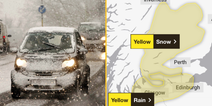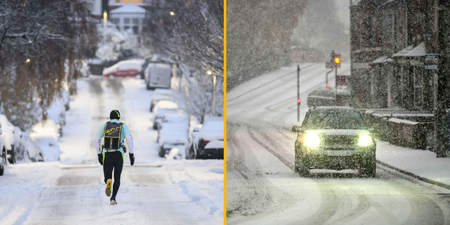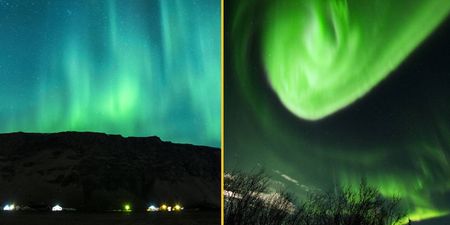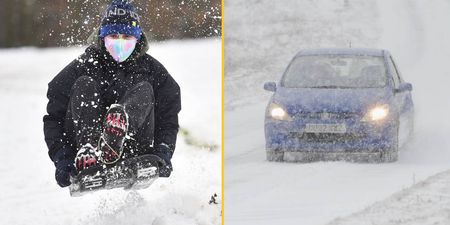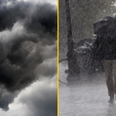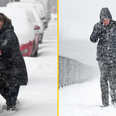The warm weather is set to give way to downpours of snow
While weather reports in recent days have suggested that the warmest September on record could continue into early October, things are expected to change quite dramatically in the weeks after.
On Monday, it was reported that the weather phenomenon that caused the Beast from the East in 2018 will return in November and stay into the new year. The beast led to weeks of freezing temperatures, heavy snow, and heavy winds.
UPDATE: ‘Beast from the East’: Met Office responds to claims UK will be ‘battered by months of snow
Exacta Weather forecaster James Madden told the Mirror that there is a “medium-high risk for an early SSW (sudden stratospheric warming) from in and around mid-November onwards this year”. However, he added that it could take “a number of weeks” before its impact can be seen in Britain.
There is an “even greater risk” of a SSW occurring throughout January and February that are “likely to be highly influential on our overall weather patterns in terms of snow and cold.”
According to the Met Office, a sudden stratospheric warming refers to what happens in the stratosphere – a rapid warming of up to 50C in a couple of days, between 10km and 50km above the Earth’s surface.
Because it happens so far away, we don’t usually feel the warming, but that affects our weather lower down.
The Met Office adds: “Every year in winter, strong westerly winds circle around the pole high up in the stratosphere. This is called the stratospheric polar vortex and it circulates around cold air high over the Arctic. In some years, the winds in the polar vortex temporarily weaken, or even reverse to flow from east to west.
“The cold air then descends very rapidly in the polar vortex and this causes the temperature in the stratosphere to rise very rapidly, as much as 50°C over only a few days; hence the term sudden stratospheric warming. As the cold air from high up in the stratosphere disperses, it can affect the shape of the jet stream as the cold air sinks from the stratosphere into the troposphere. It is this change in the jet stream that causes our weather to change.”
The change in the jet stream can cause it to “snake” more, creating an area of what is called “blocking high pressure” over the North Atlantic and Scandinavia, The Mirror reported.
The event stops other weather systems from moving past it, and results in the UK experiencing extended periods of low temperatures. And, in some cases, huge downpours of snow.
Madden told the Daily Star the weather phenomenon does not mean it will snow throughout that entire period, but suggested at least one or two SSW events are due this winter.
But before the snow returns, the unseasonably warm weather is set to continue with temperates set to hit 25C in the coming days. Similar temperatures are expected for mid-October.
Related links:
More than 3,200 Brits killed by heatwave in 2022 as temperatures hit 40C
‘Time traveller from 2090’ warns humans of worst event in history in coming days
Dramatic moment cliff collapses on UK beach as hot weather scorches rocks



